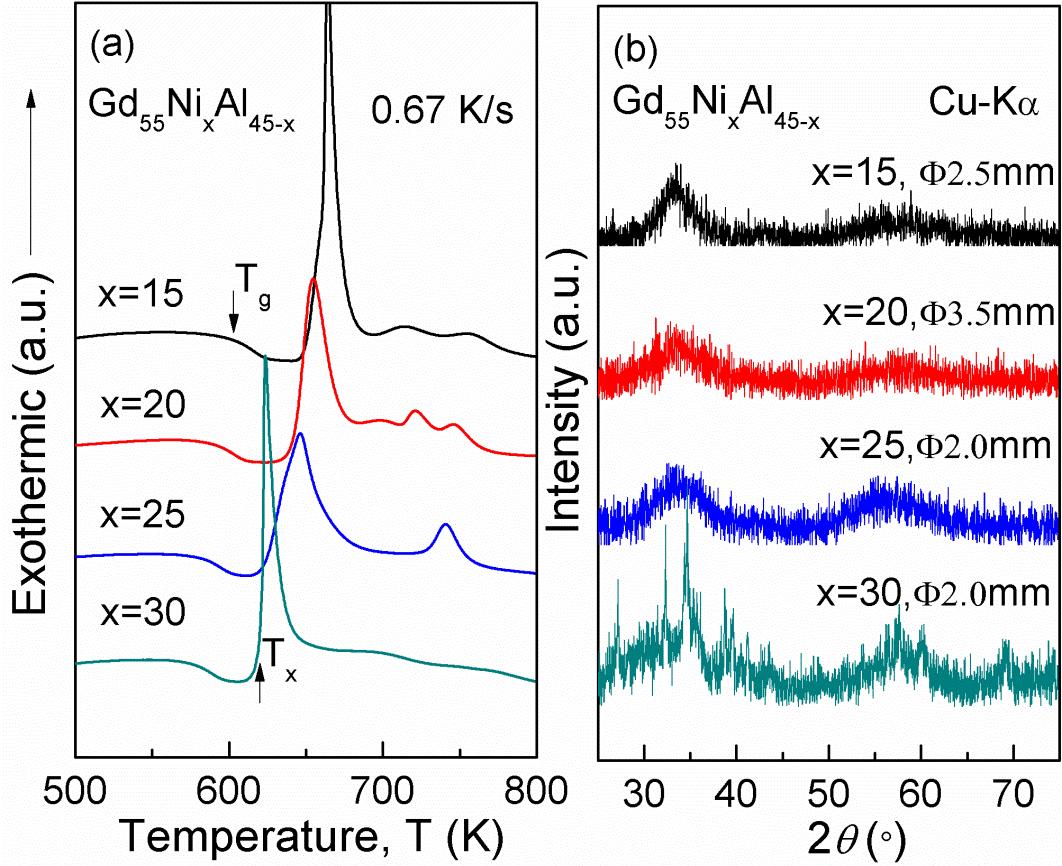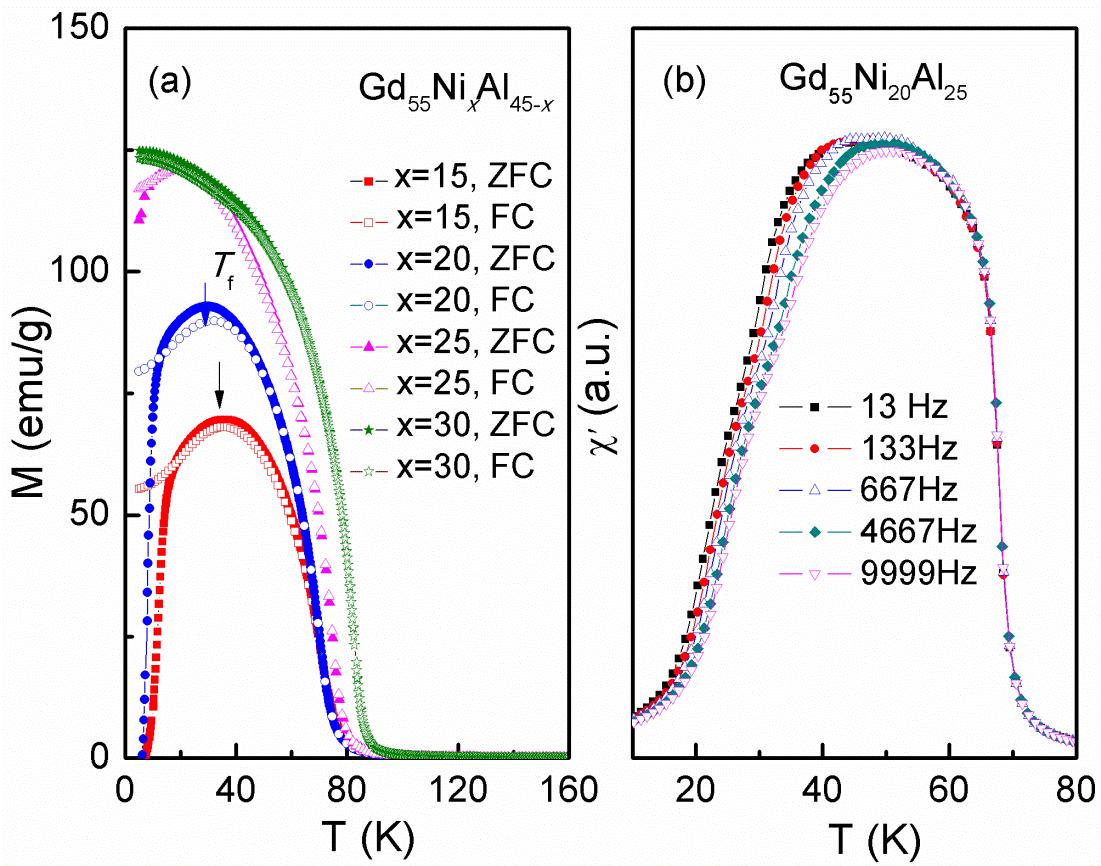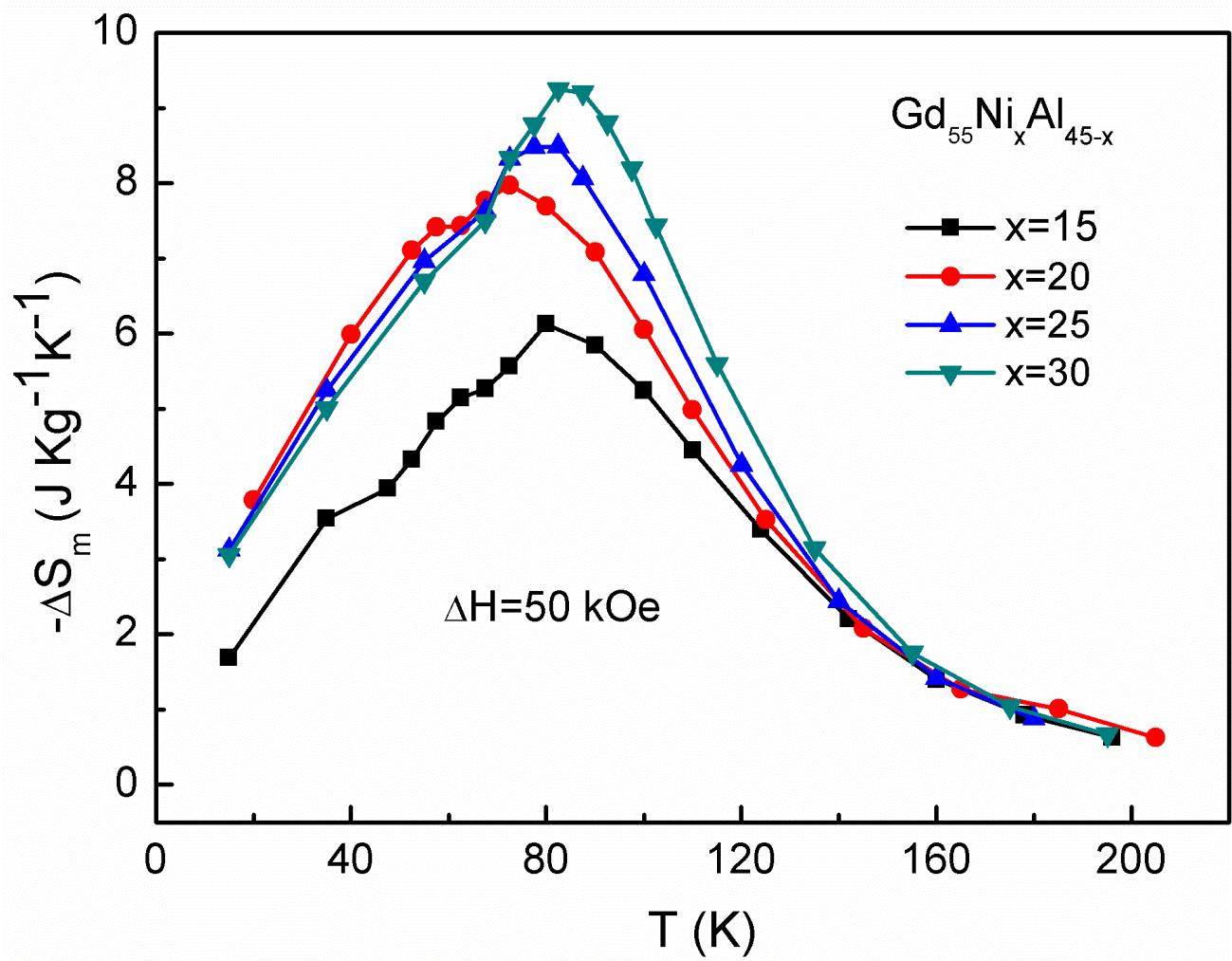Gas compression refrigeration technology is now widely used in various fields, but it has two problems. One is its low efficiency, which has utilized only 30% Carnot cycle’s efficiency; and another is environmentally unfriendly due to its chemical refrigerant, which destroys ozone layer and makes greenhouse effect. Today, energy and environment are the two key issues in modern society, and therefore, traditional gas compression refrigeration technology needs great innovation. The method to solve these problems is to look for new refrigeration techniques with high efficiency, no pollution as well. Comparing with traditional refrigeration technology, newly developed magnetic refrigeration is environmentally friendly, high energy efficient, with low noise, and easily maintained. For this reason, magnetic refrigeration is considered to have a potentially wide application in refrigerators, air conditioners, supermarket food refrigeration systems and so on.
As the key part of magnetic refrigeration technology, the choice of magnetic refrigerants with large magnetocaloric effect (MCE) is of crucial importance to gain good refrigeration effect. The most important parameter of MCE materials is high adiabatic temperature change, and also its substitution counterpart is high magnetic entropy change, which is easy to be measured and therefore become the property which is concerned by most investigators. Refrigeration capacity power (RCP), from its application point, defined as the energy needed to decrease the space temperature by 1 K, is the second key parameter, which is generally estimated by the product of maximum magnetic entropy change (ΔSmmax) and its temperature range at half ΔSmmax. For crystal MCE materials, they often have low RCP even for second order magnetic transitions. For amorphous materials with ferromagnetism, they are expected to have high RCP due to their disordered structure, which results within a wide temperature range. Therefore, amorphous materials are regarded as promising magnetic refrigeration materials.
Prof. Baolong Shen and Prof. Juan Du from Ningbo Institute of Materials Technology & Engineering (NIMTE), Chinese Academy of Sciences(CAS), have done long time research on the forming ability of bulk metallic glass (BMG) and magnetocaloric effect. In their early research, a spin glass (SG) behavior had been discovered in Tb based (Tb55Ni20Al25) BMG due to its large magnetocrystalline anisotropy, and a large magnetocaloric effect been obtained below spin glass freezing temperature (the results published in J. Magn. Magn. Mater. Vol.321 (5),2009, P413). While in the Gd based (Gd55Ni/Co25Al20) BMGs, which have low magnetocrystalline anisotropy, a ferromagnetic behavior with a curie temperature had been observed, and a large MCE with a high RCP value been acquired (the results published in J. Appl. Phys. Vol.103 (2), 2008, P023918).
In their recent research, when tuning the composition of Ni and Al in Gd55NixAl45-x BMGs by changing Ni/Al ratio, the system behavior changed from ferromagnetic to spin glass. A ferromagnetic SG behavior was observed for glassy ribbons with compositions of x=15, 20, and 25, but it disappeared for that of x=30. Furthermore, the maximum magnetic entropy change (ΔSmMax) increased with the increasing of Ni/Al-ratio while the decrease of full width at half of ΔSmMax was almost negligible. Accordingly, -ΔSmMax of 9.25 J kg-1 K-1, adiabatic temperature change of 4.3 K and refrigeration capacity of 851 J kg-1 under 50 kOe was obtained for Gd55Ni30Al15 glassy alloy. This work has been published in Appl. Phys. Lett.Vol.101, P032405, 2012. ( See Fig.1-4 for details).
 |
 |
| Fig. 1. (a) DSC curves for as-quenched Gd55NixAl45-x (x=15, 20, 25, 30) glassy ribbons at a heating rate of 40K min_1. (b) X-ray diffraction patterns of as-cast Gd55NixAl45-x (x=15, 20, 25, 30) alloy rods. |
Fig. 2. (a) Temperature (T) dependence of ZFC magnetization (MZFC) and FC magnetization (MFC) under a magnetic field of 100 Oe for Gd55NixAl45-x(x=15, 20, 25, 30) glassy ribbons. (b) T-dependent alternating current susceptibility χ'(T) for Gd55Ni20Al15 glassy ribbon at several frequencies ranging from 10 to 10 000 Hz. |
 |
 |
|
Fig. 3. Magnetic entropy changes (-ΔSm) of the Gd55NixAl45-x (x=15, 20, 25, 30) glassy ribbons under a magnetic field change of 0-50 kOe. |
Fig. 4. Temperature dependence of specific heat capacity (Cp) for Gd55Ni30Al15 glassy ribbon under zero magnetic field, the inset is adiabatic temperature change (ΔTad) as a function of temperature under a magnetic field change of 0-50 kOe. |
Professor Juan Du Dujuan@nimte.ac.cn Research Group Url: http://english.nimte.cas.cn/rh/rd/nmm
All Images by 

